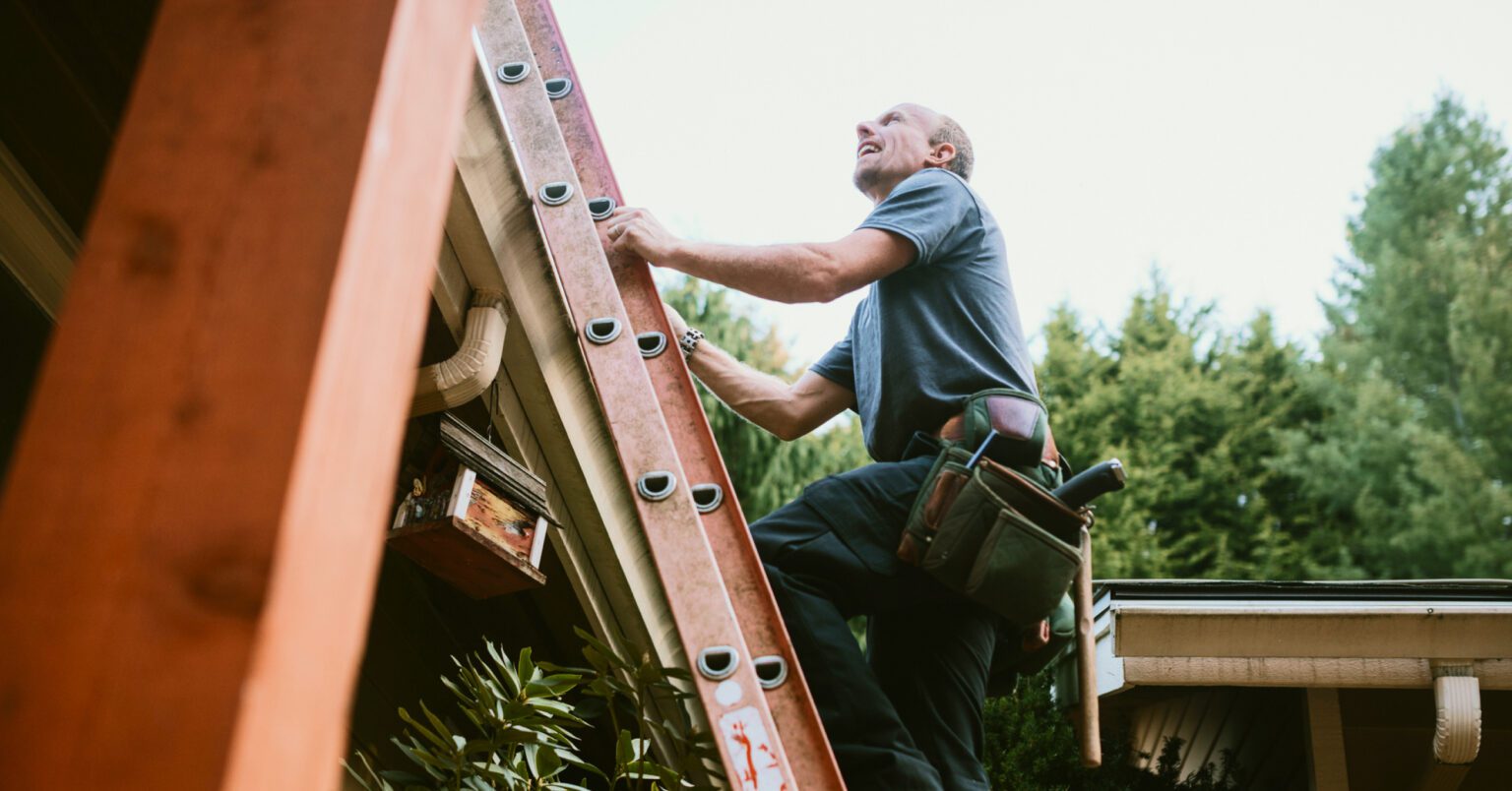The wait time on overdue invoice payments increased by an entire week in the first half of 2022 – here are tips from six small business owners on how to get paid sooner.
At a glance
Here’s a snapshot of the advice from our interviewees:
- Shorter payment terms and automated invoices can prompt faster remittance.
- A 50 per cent deposit means at least some of the money’s in the bank before services are provided.
- Consider sending out a reminder before the deadline, rather than after.
- The personal touch goes a long way, as can empathy for your clients – it’s not only business owners who are doing it tough.
Late payments on invoices can often be the bane of a small business owner’s existence.
In fact, recent data from industry financier Optipay shows that outstanding invoices are being repaid in an average of 38 days, which is a week longer than what it was at the start of 2022.
The data follows similar findings from the past few years, which have seen businesses across all industries experience a surge in late payments.
Customers who don’t pay up on time can have an adverse impact on cash flow. And in the current challenging economic climate, that isn’t ideal. So for small businesses looking to get back in black and loosen the tightening belt, managing invoices is critical.
Of course, this isn’t always easy, and it might require a bit of creative thinking. Here are six small business owners on how they manage late payments, and how you can spend less time chasing up invoices and more time getting back to business.

This article was originally published in 2021 and has been updated for relevancy.
If you’re still waiting on payments, talk to one of our small business lending specialists about how a Prospa Line of Credit could help to ease your cash flow concerns.








